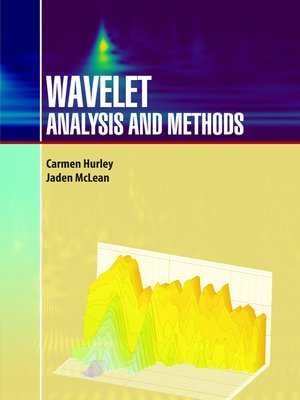
Sign up to save your library
With an OverDrive account, you can save your favorite libraries for at-a-glance information about availability. Find out more about OverDrive accounts.
Find this title in Libby, the library reading app by OverDrive.



Search for a digital library with this title
Title found at these libraries:
| Library Name | Distance |
|---|---|
| Loading... |
The idea of "ondelettes" or "wavelets'1 started from the investigation of time-frequency signal analysis, wave engendering, and examining hypothesis. One of the principle explanations behind the disclosure of wavelets and wavelet changes is that the Fourier change analysis does not contain the neighborhood data of signals. So the Fourier change can't be utilized for examining signals in a joint time and frequency area. In 1982, Jean Morlet, in a joint effort with a gathering of French designers, first presented the possibility of wavelets as a group of capacities built by utilizing interpretation and expansion of a solitary capacity, called the mother wavelet, for the analysis of nonstationary signals. Wavelet analysis is an energizing new technique for taking care of troublesome issues in science, material science, and building, with present day applications as various as wave spread, information pressure, picture preparing, design acknowledgment, PC illustrations, the location of air ship and submarines, and change in CAT filters and other restorative picture innovation. Wavelets permit complex data, for example, music, discourse, pictures, and examples to be deteriorated into basic structures, called the central building hinders, at various positions and scales and in this manner remade with high accuracy.







